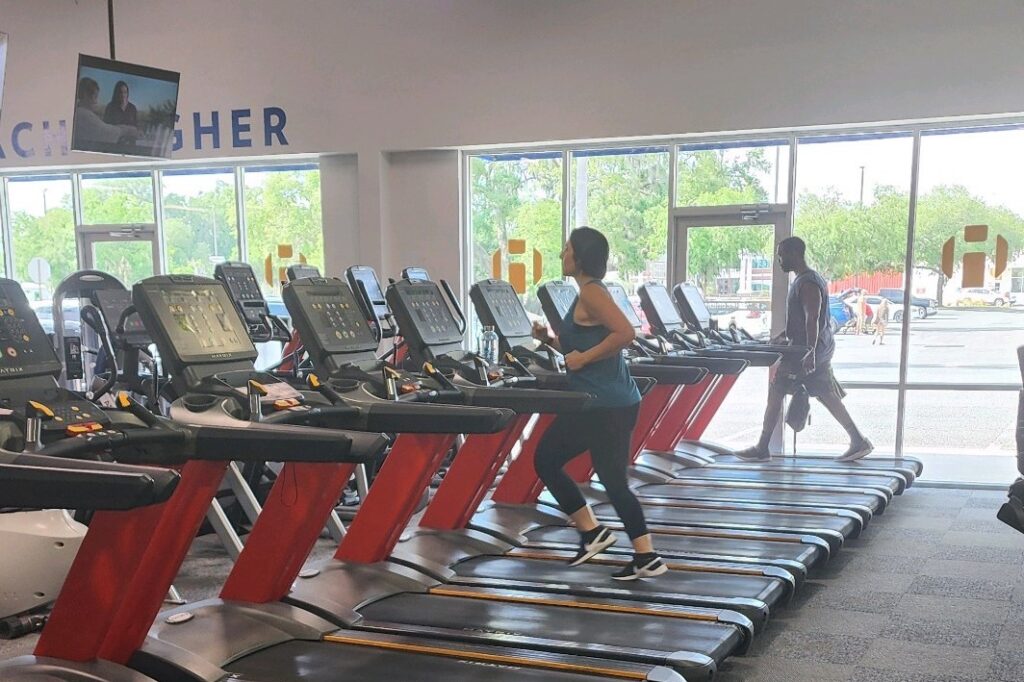Lower back pain can be a real pain in the, well, back! It can make simple tasks like bending over to tie your shoes or sitting at your desk for hours on end feel like a Herculean feat. The good news is that there are plenty of options out there to help alleviate this discomfort and get you back to feeling like your old self. One such option that has gained popularity in recent years is yoga. But does it really have the power to soothe your aching lower back? Let’s delve into the benefits of yoga for lower back pain and find out if it’s worth rolling out your mat for.
Reasons behind lower back pain
Lower back pain can stem from a variety of reasons, making it a common complaint among people of all ages and lifestyles. One of the main culprits is poor posture, which puts undue stress on the muscles and ligaments in the lower back. This can be exacerbated by long hours spent sitting at a desk or hunching over electronic devices.
Muscle imbalances and weakness in the core and back muscles can also contribute to lower back pain. When certain muscles are stronger than others, it can pull the spine out of alignment and lead to discomfort. Additionally, injuries, such as strains or sprains from lifting heavy objects incorrectly or sudden movements, can cause acute lower back pain.
Other factors like excess weight, lack of exercise, and even stress can play a role in exacerbating lower back pain. It’s essential to address these underlying issues to effectively manage and prevent future episodes of discomfort.
Best yoga poses for lower back pain
When it comes to using yoga to alleviate lower back pain, certain poses can be particularly beneficial. Here are some of the best yoga poses to target and relieve discomfort in the lower back:
- Child’s Pose (Balasana): This gentle stretch helps elongate the spine and release tension in the lower back muscles.
- Cat-Cow Stretch: This dynamic movement helps to improve spinal flexibility and gently massages the spine, offering relief to the lower back.
- Downward-Facing Dog (Adho Mukha Svanasana): This pose stretches the entire back body, including the lower back, hamstrings, and calves, helping to alleviate tightness and improve circulation.
- Cobra Pose (Bhujangasana): By gently arching the back and lifting the chest, Cobra Pose strengthens the back muscles and can help relieve lower back pain caused by muscle weakness.
- Pigeon Pose (Eka Pada Rajakapotasana): This hip-opening pose can help release tension in the hips and lower back, promoting flexibility and reducing discomfort.
Incorporating these yoga poses into your practice regularly can help strengthen the core, improve flexibility, and alleviate lower back pain over time. Remember to listen to your body and modify poses as needed to suit your individual needs and limitations.
If you are looking for yoga classes in Lake City, then get your 3-day free pass at HiTone Fitness. With it, you can try out yoga and see if it’s for you without any additional cost.
How often should you do yoga for lower back pain?
When it comes to using yoga as a tool for managing lower back pain, consistency is key. While the frequency of your yoga practice will depend on your individual needs and schedule, aiming to practice yoga for lower back pain at least 2-3 times a week can be beneficial.
For those dealing with chronic lower back pain, incorporating a daily yoga routine, even if it’s just a short session, can help maintain flexibility and strength in the back muscles. On the other hand, if you’re using yoga more preventatively or for mild discomfort, practicing 2-3 times a week can still provide relief and prevent future issues.
It’s important to listen to your body and not push yourself too hard, especially if you’re new to yoga or experiencing acute pain. Starting slowly and gradually increasing the frequency and intensity of your practice can help prevent injury and maximize the benefits of yoga for your lower back pain. Remember, consistency is key, so find a routine that works for you and stick with it to see improvements over time.
Final thoughts
Yoga can be a valuable tool in managing and alleviating lower back pain. By incorporating gentle stretches, strengthening poses, and mindful movements into your practice, you can improve flexibility, strengthen the core and back muscles, and ultimately find relief from discomfort. Power of yoga is incredible – it’s even beneficial after hip surgery.







